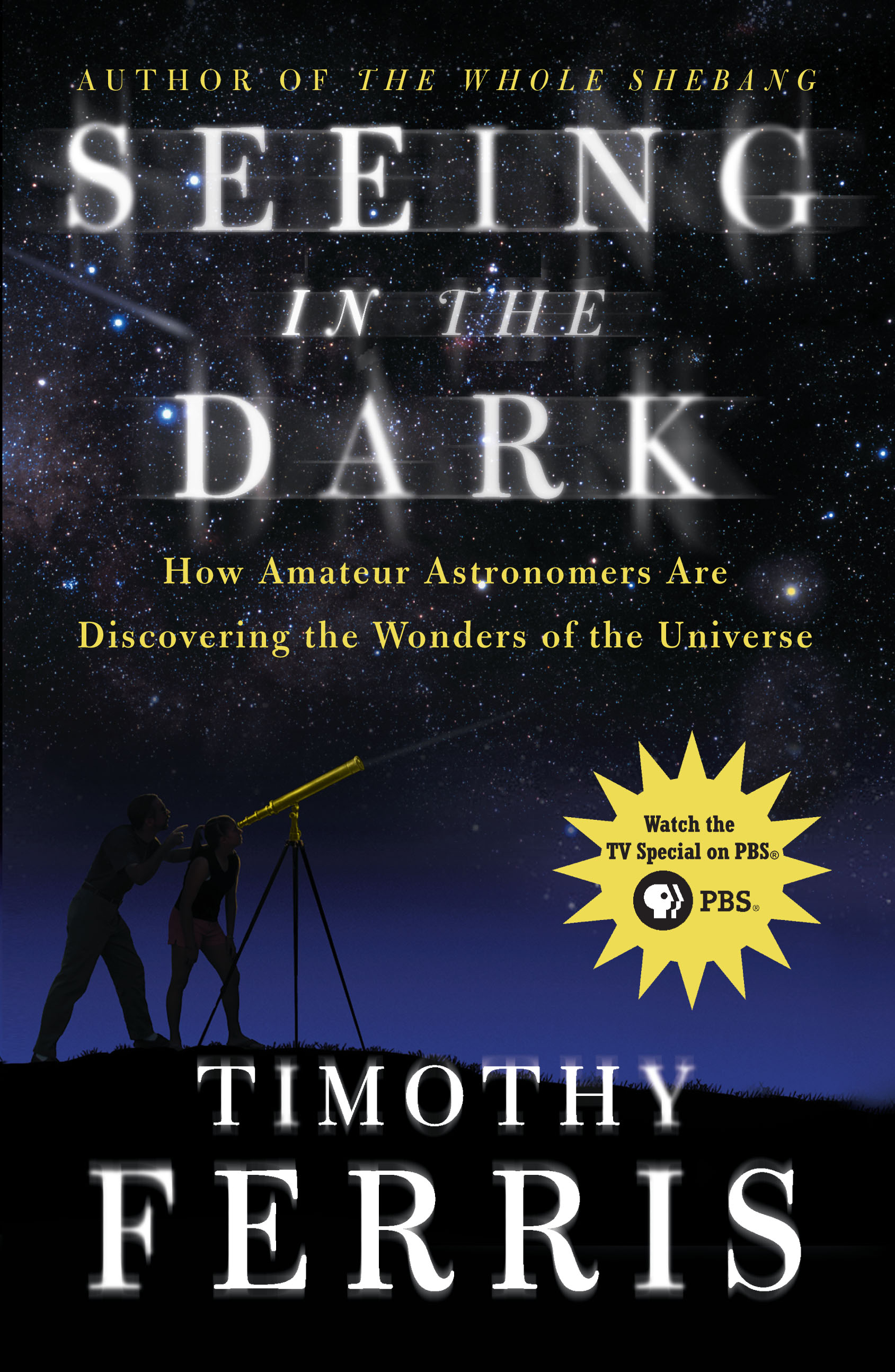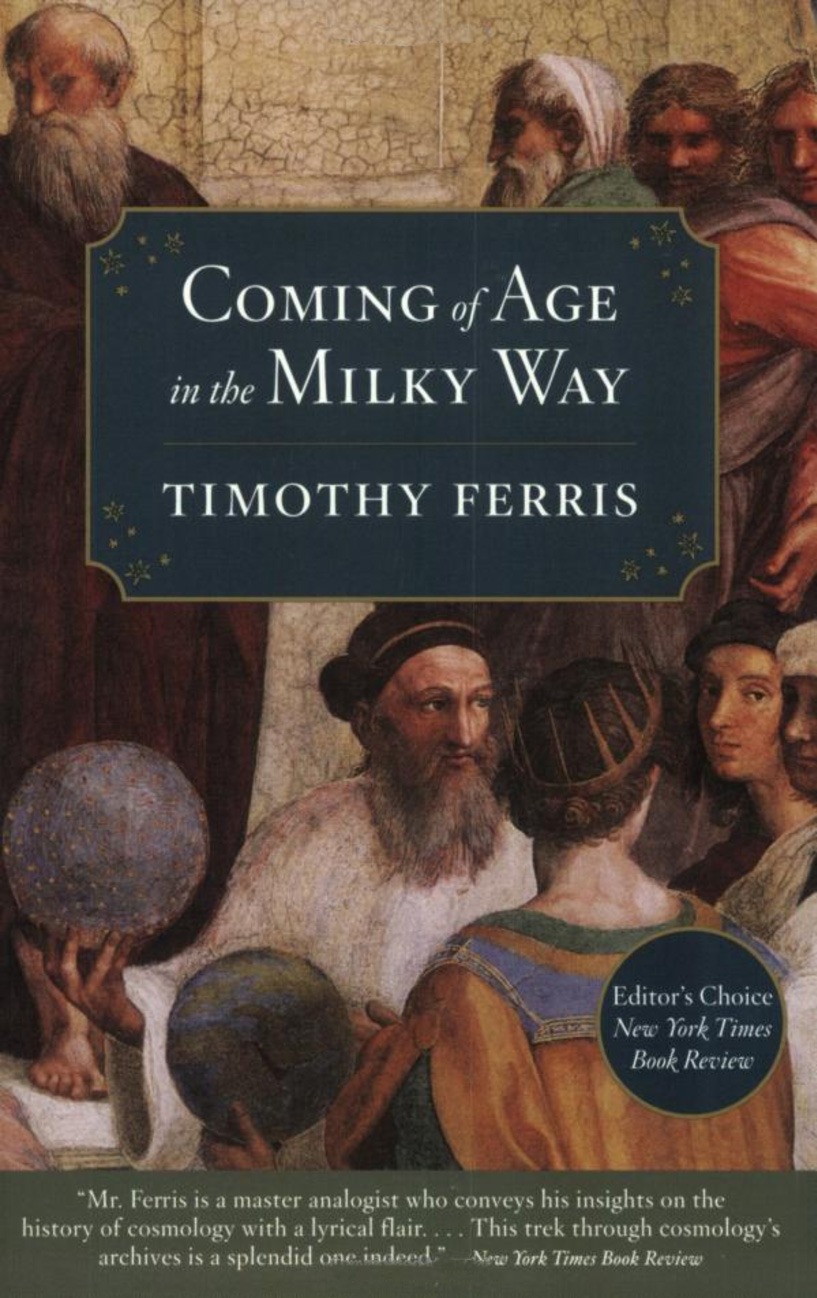


He maintained a faith that “this most beautiful system of the sun, planets, and comets, could only proceed from the counsel and dominion of an intelligent and powerful Being.” 120 – Newton admitted that while the law of gravitation predicted planetary motion, he could not explain why it was so. 116 – “When Newton was asked years later how he had discovered his laws of celestial dynamics, he replied, ‘By thinking of them without ceasing.'” Wouldn’t it be great if more people thought without ceasing more often? We simplify things and try to make them fit observations, and when we are done we may have something that helps predict future results, but we still cannot claim complete understanding of the event. It may provide useful results, but is it the truth? Not always. This is a good example of the definition and proper frame of thinking about any scientific theory. Yet is was not the true order of things, as we have seen upon venturing out into the solar system via probes, etc. Although ungainly, it was able to do a decent job of predicting the planetary locations. 30 – one of the first descriptions of the motions of the planets was the Ptolemaic model, consisting of spheres and epicycles. So here goes…I’ll list the page number just for the sake of reference.

I put little strips of paper in at pages where I read something that I wanted to remember and put up here. I did things a little different while reading this book. Most of the time his explanations are lucid and more easily understandable than in most college textbooks I’ve read. Ferris is not afraid to delve into some nitty gritty theories. Since advances in astronomy affected many other branches of science as well, particularly physics, one may say that the scope of the book is the history of science as a whole. This book is a great overview of the history of astronomy.


 0 kommentar(er)
0 kommentar(er)
